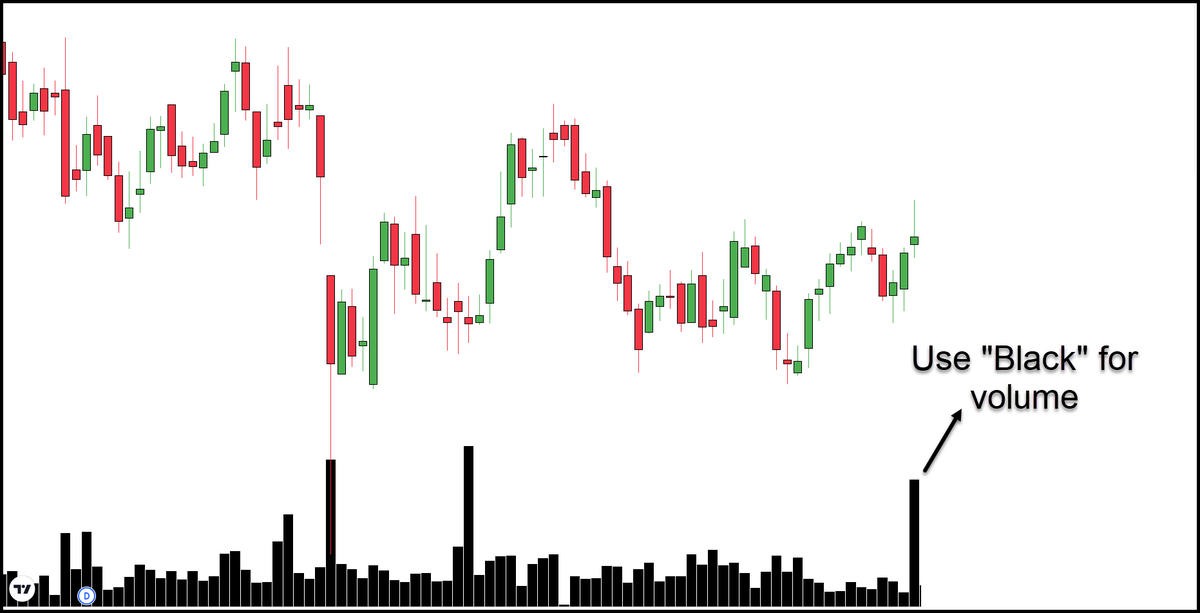1. Smart Money &
2. Dumb Money
‘Smart Money’ refers to big sharks who have money & information power who give direction & momentum.
‘Dumb Money’ refers to retail traders who often try to make quick money.
(2/N)
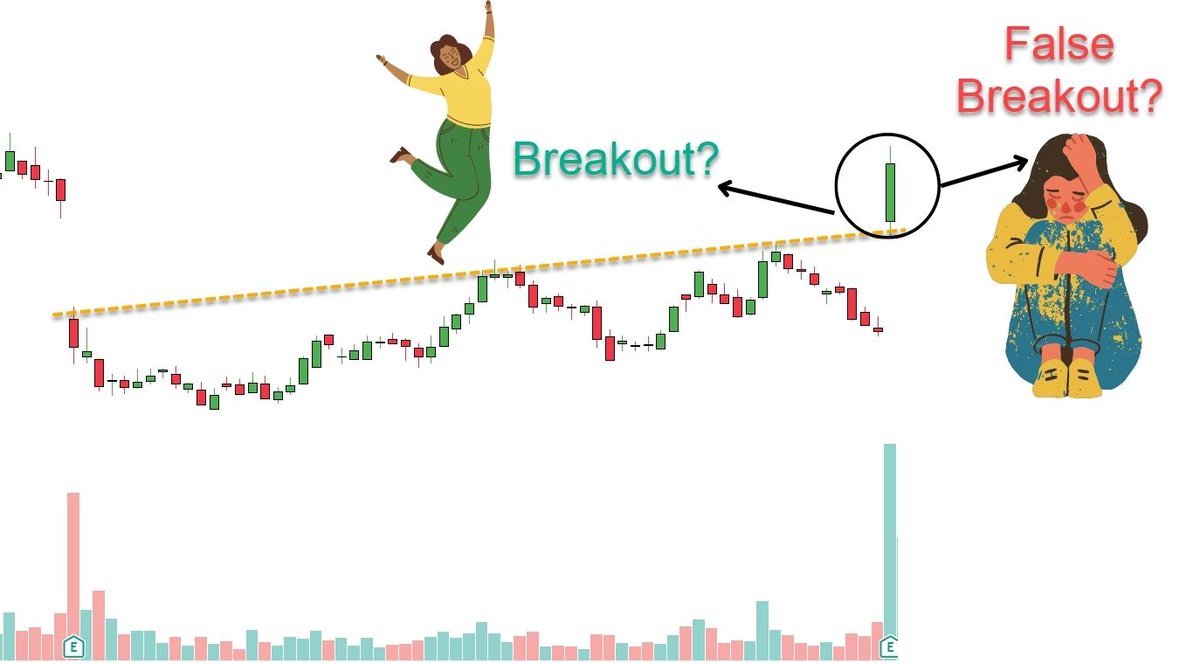
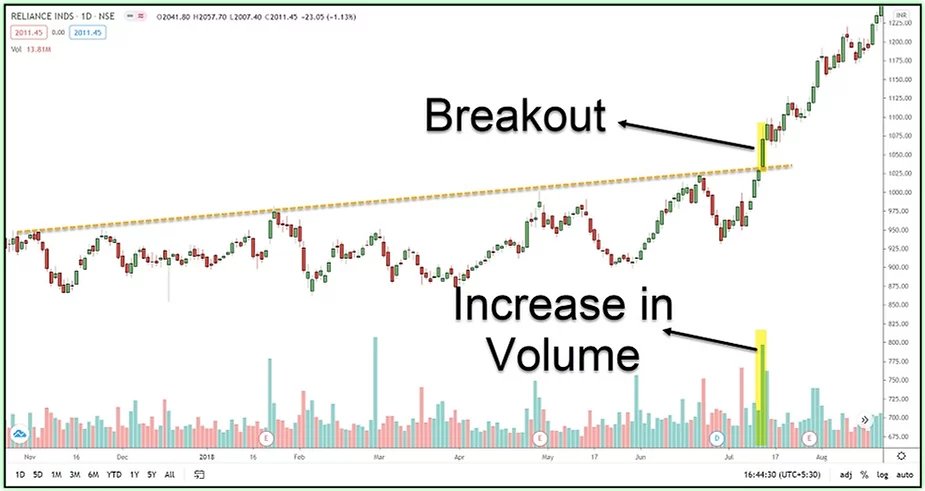
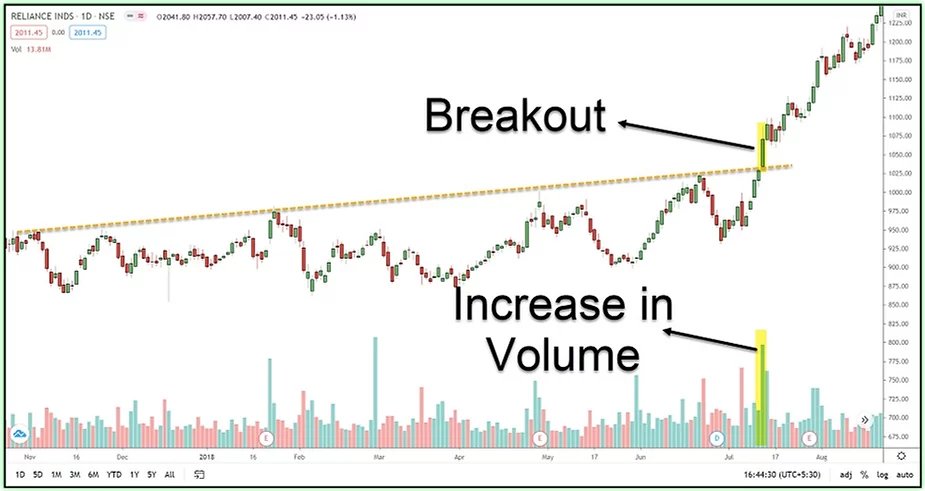
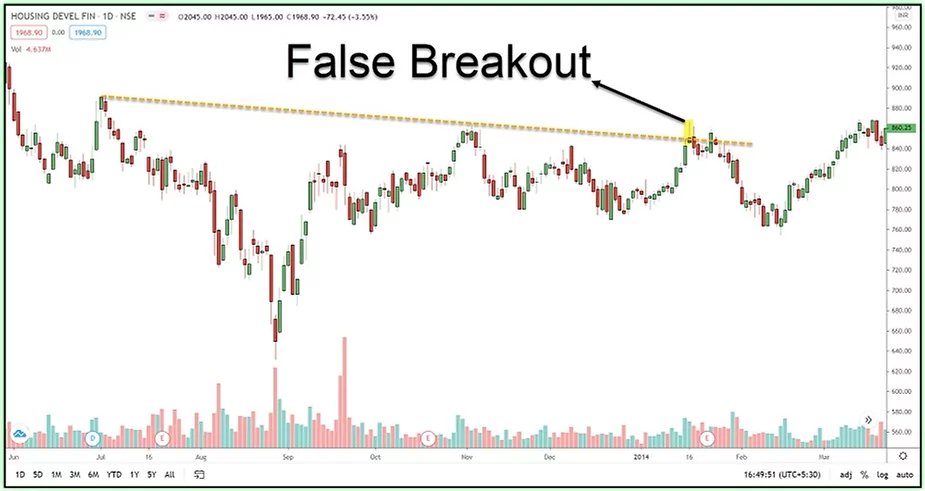


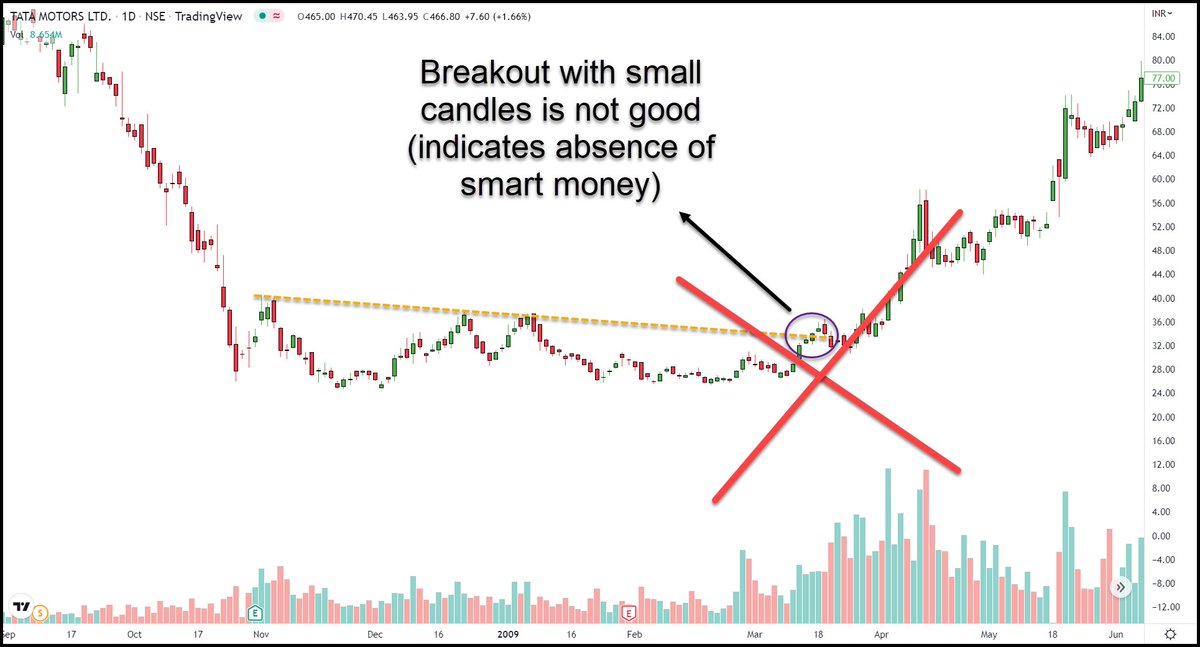
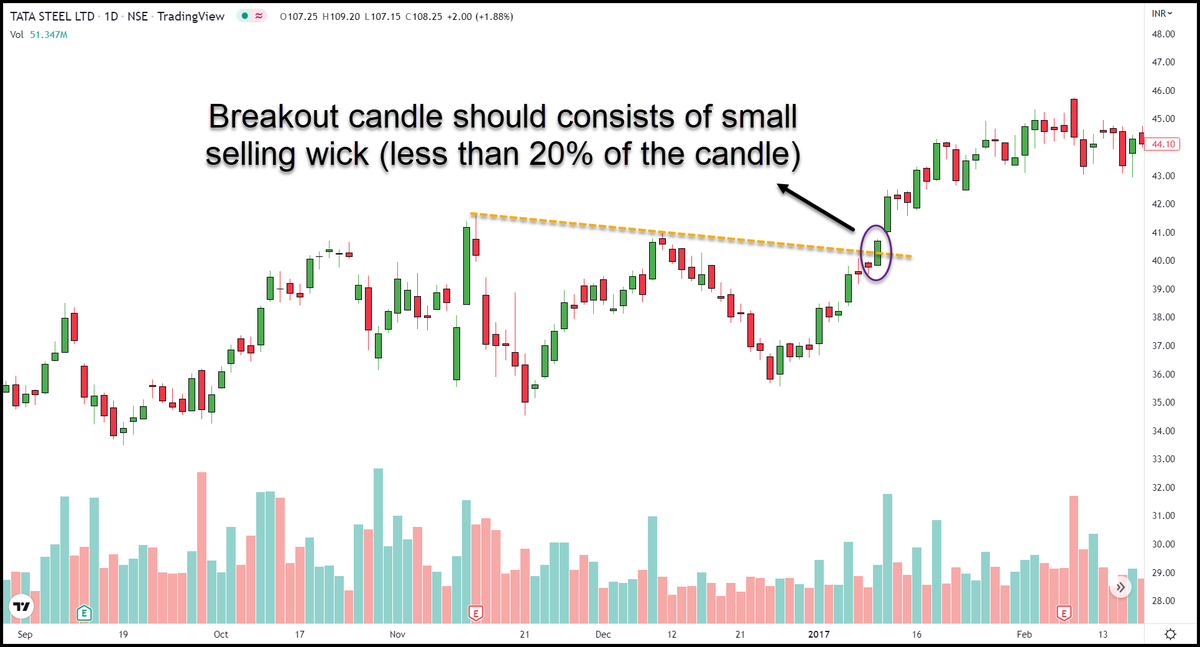


VOLUME is the ultimate Trading cheat code.
— Indrazith Shantharaj (@indraziths) August 6, 2022
But, most people never use it in the right way \u2013 because no one ever taught them how.
Here are 10 psychological triggers to knowing Volume in a better way :

